California’s Emissions Target Success – A Global Context

The California Air Resources Board (CARB) announced on July 11, 2018, that the state has met its greenhouse gas (GHG) emissions reduction targets four years before the target year of 2020.
How Old Materials Can Make New Construction Green

Construction is one of humankind’s dirtiest practices, and makes green construction a challenging idea.
Why Your Business Needs a Sustainability Plan

As the private and public sectors continue to develop their sustainability plans to demonstrate their commitment to the environment and the wellbeing of their communities, the private sector faces the challenge of ensuring the long-term viability of their operations and the wellbeing of their clients and consumers.
FCS Opens New Office in LA

After 30 years of unparalleled environmental planning services, FirstCarbon Solutions (FCS), a leader in global sustainability solutions, is formally re-entering the LA market with the opening of its new office in West Los Angeles, located at 11755 Wilshire Blvd., in Suite 1660.
FCS Expands Services to San Jose Area
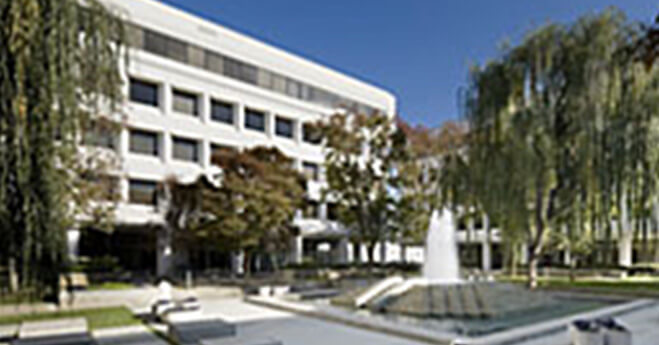
With our newly opened San Jose office, we are able to offer our clients expanded client services and technical expertise.
What do you Mean I Missed the Survey Season?: CEQA Planning

CEQA and Paleontological Assessments

Paleontological finds (dinosaurs, sabertooth cats, mammoth and mastodon) regularly make the news across the country when discovered. Many are fascinated by the large “scary” creatures of Jurassic Park fame and other movies where these large creatures “feast” on people. Paleontology certainly varies from area to area on what is found and there are specialists in every imaginable kind of fossil.
Judge Rules on the Adequacy of San Diego County’s Climate Action Plan
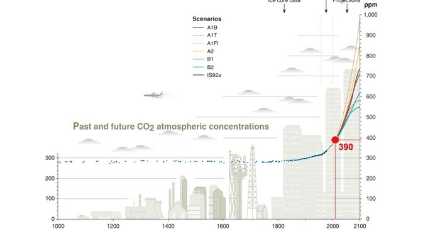
Climate Action Plans identify a set of strategies intended to guide local government or community efforts in reducing greenhouse gas emissions.
CEQA Planning and the Will of the Marketplace
Efforts at the state level to streamline CEQA provide incentives for certain types of housing. The ultimate test will be whether consumer demand will support expansion of this program.
The CEQA Reform Waiting Game

During a recent trip overseas, California Governor Jerry Brown said what many planners, agency staff, and developers were already assuming — a substantial overhaul of the California Environmental Quality Act (CEQA) was unlikely to occur this year. CEQA reform was being shelved, explained the Governor, to focus State lawmakers’ attention on other equally important issues, including public schools, prisons, and the statewide water system. The Governor told reporters that CEQA reform would entail a significant undertaking, and that “there are very powerful forces that are strong in the party that will resist” any substantial overhaul.
The Effects of Environmental Compliance on Telecommunication

If you watched television anytime during the past decade, then chances are you are familiar with the Verizon Wireless ad campaign that featured a bespectacled Verizon employee roaming the far reaches of the United States asking the question, “Can you hear me now?” This ad campaign was seemingly inescapable, and proved to be wildly successful, growing into its own pop culture phenomenon. Several diverse factors likely contributed to the success of this campaign, but arguably one of the primary reasons for it’s overall popularity was that the actor’s situation was all too relatable to the millions who use a mobile phone. Who hasn’t lost mobile phone service at one point or another? Even those who reside in the most developed of metropolitan centers, where every form of media and communication is at our disposal, are not immune to the plight of the “dropped” call.
FirstCarbon Solutions to Perform Hollywood Central Park EIR
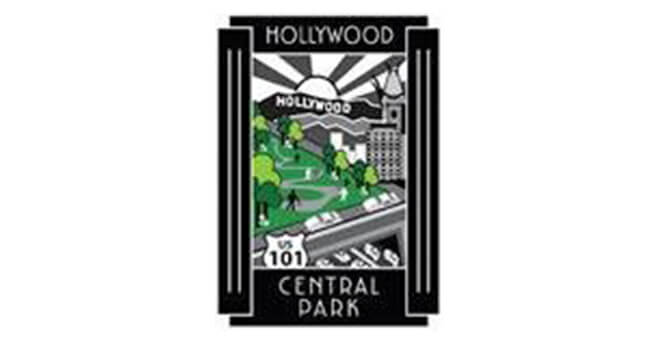
Kern County Archaeological Sites Mitigation Planning: A Case Study

In 2005 and 2006, FCS cultural resources management staff had the privilege of performing substantive archaeological investigations and analyses for a proposed off-road vehicle park northeast of Bakersfield, California. Although the project ultimately ended due to certain unavoidable impacts to sensitive plants and water resources, our work on the project demonstrated how basic research and the consideration of avoidance alternatives could be used to avoid sensitive cultural resources within a large project area.
Cultural Resources Preservation and Modern Society – A Refrain

The Personal Value of Historic and Cultural Resources Management

In preparation for this article, I checked out the Internet – Googling the phrases “meaning of American history,” “guidelines to historical interpretation,” “hometown histories” and so on. But I didn’t get too far because there were so many different angles one could consider, and the searches are too numerous to mention. The places we all live have unique stories to tell, and as time marches on, many of these stories can be lost if there is no effort to preserve them.
Practical and Cost Effective Mitigation Planning

Most environmental planners and (in California) CEQA experts have heard the phrase “mitigate or litigate” during their professional careers. While clever and a bit flippant, there is a lot of truth to this little timeworn rhyme. Ill-conceived and poorly executed mitigation is arguably one of the leading causes of environmental grief (legally and financially) for developers and other business entities. It is clear that environmental documents that underestimate or ignore impacts – and consequently undersize mitigation – are vulnerable to legal challenge. It is also true that mitigation “overkill” and mitigation that is ill-timed, vague or general in nature can be equally debilitating to the health of a project in terms of time and money.
Will the Presidential Election Shape Environmental Planning?

A generation or two ago, the protection and conservation of our environment was an overlooked subject for most Americans. While there were always a few who voiced their concern over our interaction with the environment, only recently has the topic served as a catalyst for discussion in the greater public forum. Terms considered commonplace today such as greenhouse gas emissions, global climate change and carbon footprint were unfamiliar ideas not too long ago; and the Environmental Protection Agency (EPA), the National Environmental Policy Act (NEPA), and the California Environmental Quality Act (CEQA), all of which were designed to protect the interests of the environment, were still in their relative infancy. The lack of environmental conciseness bled into American politics as well, and with the exception of a handful of prominent political figures (see T. Roosevelt, Carter, Gore), politicians preferred to take a laissez faire approach to the environment.
The Importance of Efficient Environmental Data Management
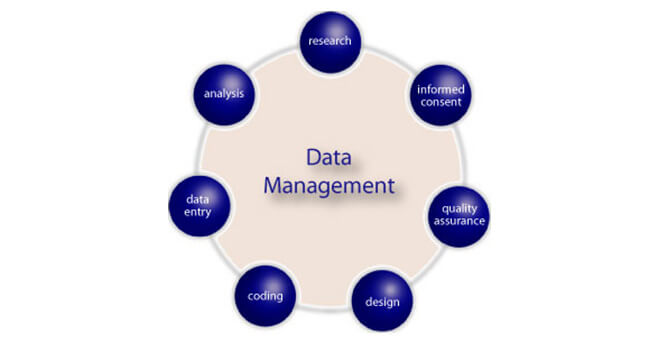
There are several factors that contribute to a business’ success through the incorporation of efficient environmental data management. Current market trends undergoing the California Environmental Quality Act (CEQA) or National Environmental Policy Act (NEPA) process are finding more involvement with the storage of environmental data, in some cases utilizing various offsite facilities.
Addressing Environmental Constraints in Development Plans
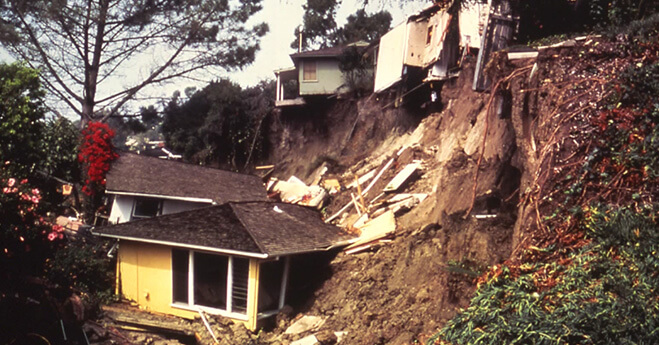
Thoroughly evaluating environmental constraints and associated requirements and regulations is essential to any successful land-use plan. In the case of private development, understanding environmental constraints and the cost and feasibility of potential mitigation is key to understanding the true value of real property and whether a project will “pencil out”. Likewise for public agencies, without a working knowledge of the underlying environmental hurdles and associated mitigation costs, the land plans of communities won’t be implemented, and the future vision of the community unrealized. Evaluating potential environmental impacts early, during land acquisition and site design, avoids expense and lost time for development projects.
SB 972’s New CEQA Requirements!
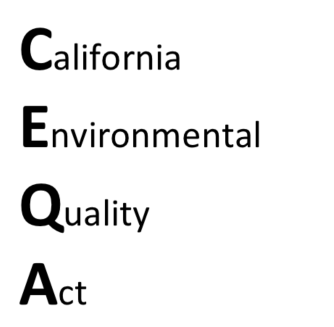
Hey Agencies and Legislators! “Scope” out CEQA’s new “Notice” Requirements
Use of AB32 Compliance for NEPA Purposes

Californians were introduced to Assembly Bill 32 (AB 32) in 2006, when the California Global Warming Solutions Act was adopted. At first, environmental practitioners scrambled to understand what this regulation meant for their projects, particularly in the realm of compliance with the California Environmental Quality Act (CEQA), and in City and County land use planning and discretionary actions. Six years and a myriad of opinion pieces and guidance documents later, the impact of AB 32 on a project or plan-analysis level is, if not well understood for most actions, at least navigable.
Top Three Tips for Projects Going Through Greenhouse Gas CEQA Review

Seven years ago, addressing greenhouse gas emissions or climate change in California Environmental Quality Act (CEQA) review documents was unheard of. But not now; not since California’s Assembly Bill 32 (AB 32) was passed in 2006 and the long circuitous process of determining what it meant at the project level began.
Working with GIS Consultants to Understand How to Design Better Maps
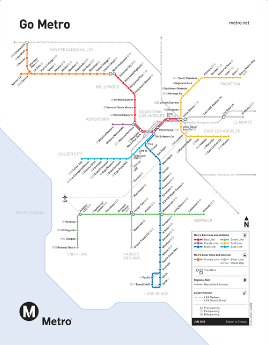
When presenting geographic information you also need graphic design skills. Graphic design skills help produce clear, meaningful maps that not only look professional but also captivate readers.
Streamlining CEQA: The Holy Grail of Environmental Planning Services

The economic downturn has highlighted a long running debate in planning and development circles: “Is CEQA broken, and if so, how do we fix it?”